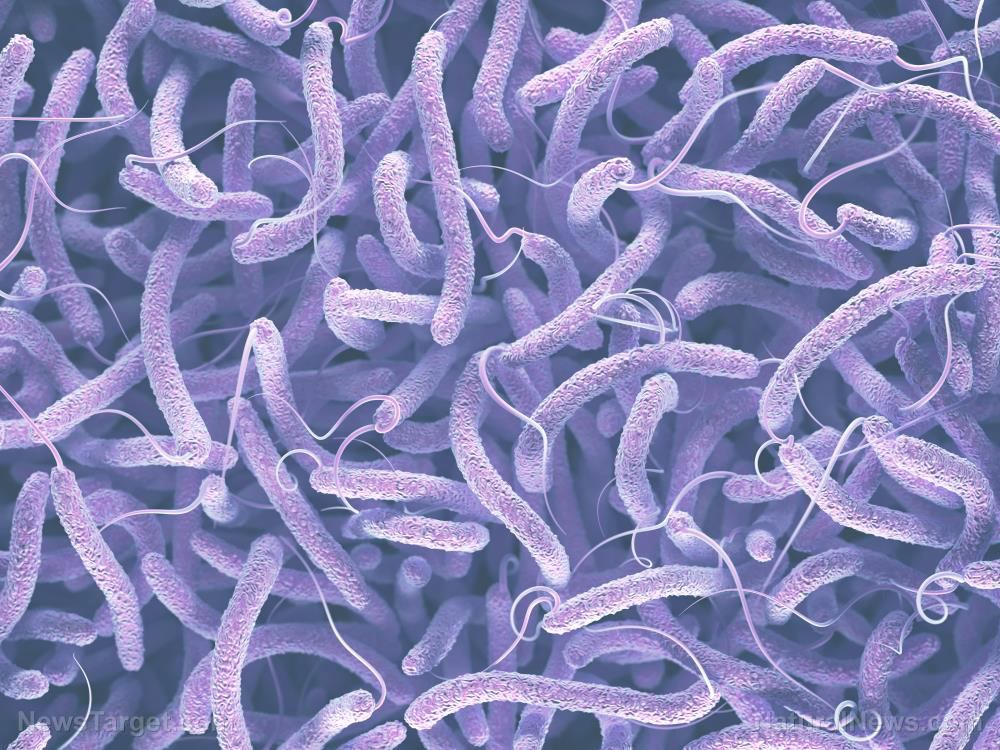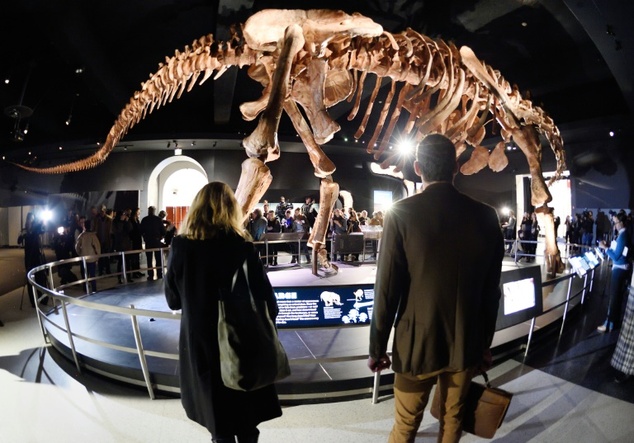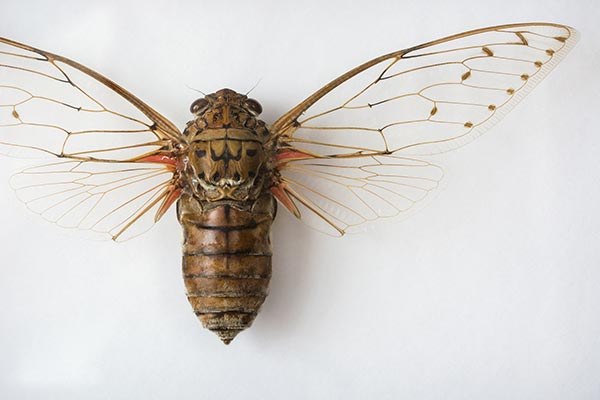You’ve heard of the gut microbiome – how about the “eye” microbiome?
04/21/2020 / By Michael Alexander

Contrary to what people might think, the eyes aren’t a spotless, aseptic environment. Just like the gut and the skin, the eyes are a perfect environment for a host of various microorganisms that could be key to preserving good ocular – or eye – health.
In an article published in The Conversation, Tony St. Leger of the University of Pittsburgh said that the right amount of bacteria on the surface of the eyes could promote protective immunity. Learning how to utilize these microbes, he added, could help in the development of therapies for some eye disorders such as dry eye disease, Sjogren’s syndrome and corneal scarring.
Taking your eye bacteria into account
According to St. Leger, healthcare workers should always be careful when it comes to prescribing antibiotics, especially for the eyes. The inappropriate usage of said drugs – such as the one commonly prescribed for pinkeye – can potentially kill off the eyes’ good bacteria and even increase the risk of contracting infections and developing problems related to autoimmunity and even cancer.
Corynebacterium mastitidis, or C. mast for short, is an example of good eye bacteria, which St. Leger and his team discovered in mice back in 2016. Their findings, published in the journal Immunity, corroborate those of an earlier study by Valery Shestopalov of the University of Miami’s Bascom Palmer Eye Institute in 2014. In this study, Shestopalov and his team found that about a dozen bacterial genera dominated the eye’s conjunctiva.
According to St. Leger and his team’s findings, C. mast was a “resident microbe” in the eyes that possessed the ability to trigger the production of antimicrobial factors that kill pathogens.
Developing probiotic treatments for the eyes
The researchers found that whenever C. mast was present on the eye’s surface, mice were more resistant to two pathogens – Candida albicans and Pseudomonas aeuruginosa – which are known to cause blindness. (Related: Treatment for a common cause of blindness could be available in 5 years.)
St. Leger, who works with the Campbell Laboratory at the University of Pittsburgh, said that this discovery compelled him to search for ways to “exploit” C. mast’s properties to develop new eye colonization therapies that, in theory, could help prevent eye infections and diseases.
Among the therapies that his team is hoping to develop is a new diagnostic tool that can be used to target specific disease-causing microbes in the eyes. Once developed, this tool could help patients avoid the side effects of immediately treating infections with broad-spectrum antibiotics, such as the depletion of good bacteria. Another therapy they’re exploring involves harnessing healthy bacteria and making them act as long-term delivery vehicles to the surface of the eyes.
St. Leger has since dubbed these potential developments as “prob-eye-otic” therapies. He noted that these could limit the appearance of symptoms associated with conditions like dry eye disease, which affects around four million people in the U.S. per year.
“In this developing field, there is still much to learn before physicians can begin manipulating the ocular microbiome to fight disease,” stated St. Leger. “But one day perhaps rather than just squirting eye drops into your dry eyes, you’ll squirt in a solution with some bacteria that will colonize your eye and secrete the lubricants and other factors your body is missing.”
Sources include:
Tagged Under: biotechnology, blindness, discoveries, eye, eye health, good technology, health, medical research, ocular health, probiotics, research, vision
RECENT NEWS & ARTICLES
COPYRIGHT © 2017 DISCOVERIES NEWS



















